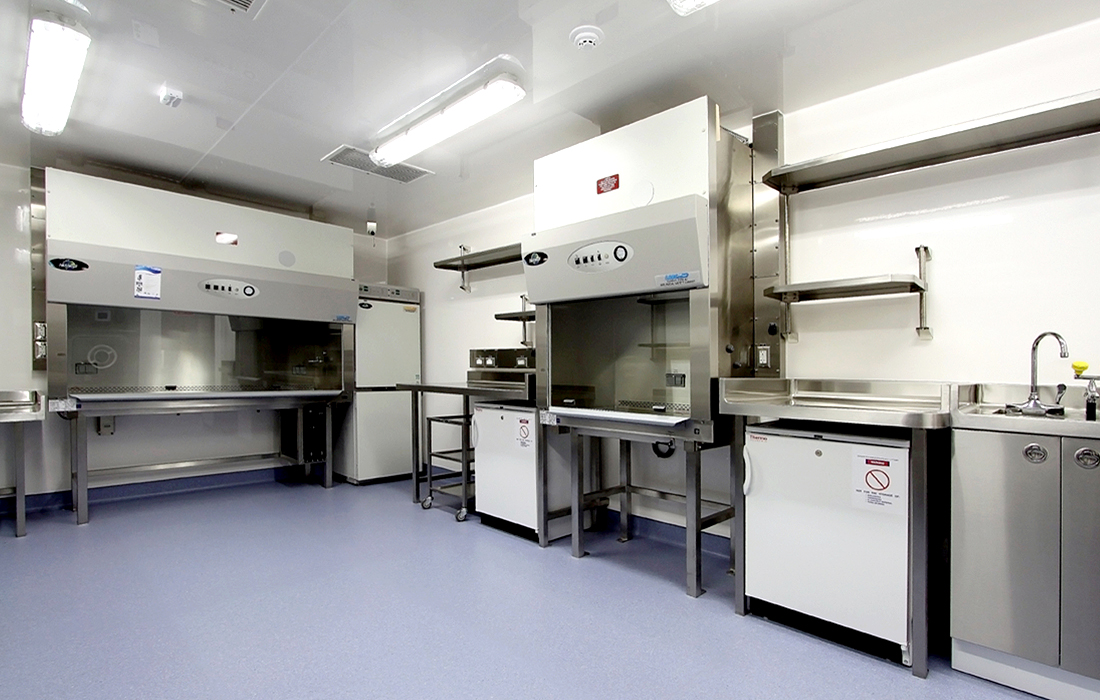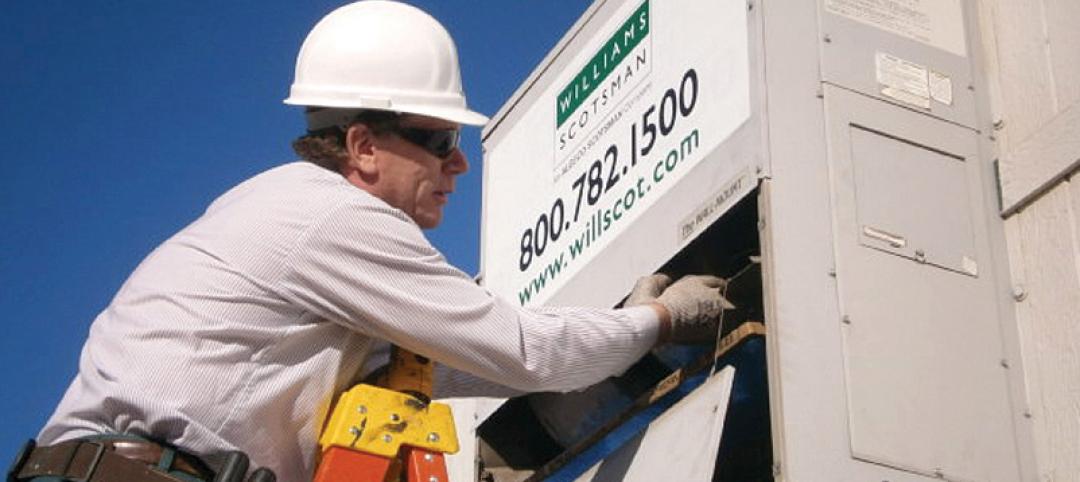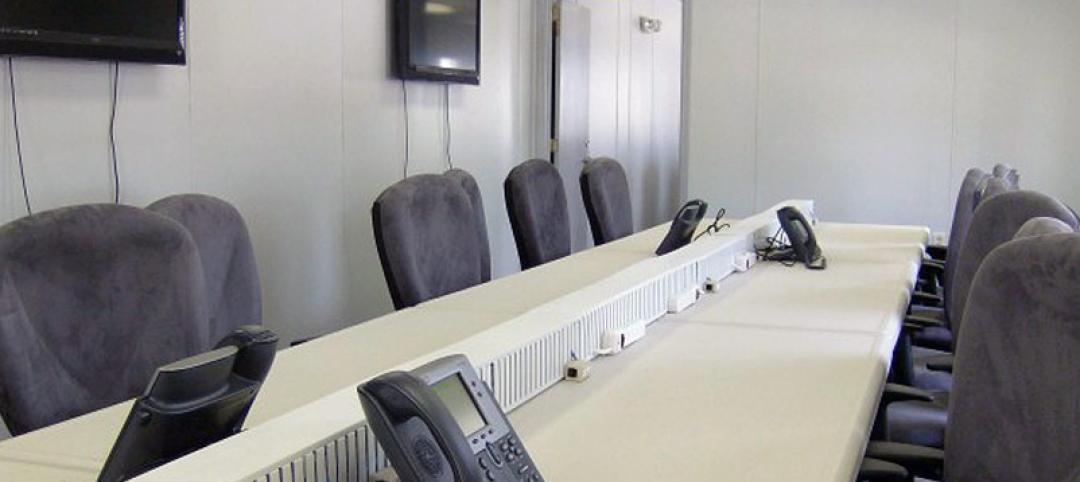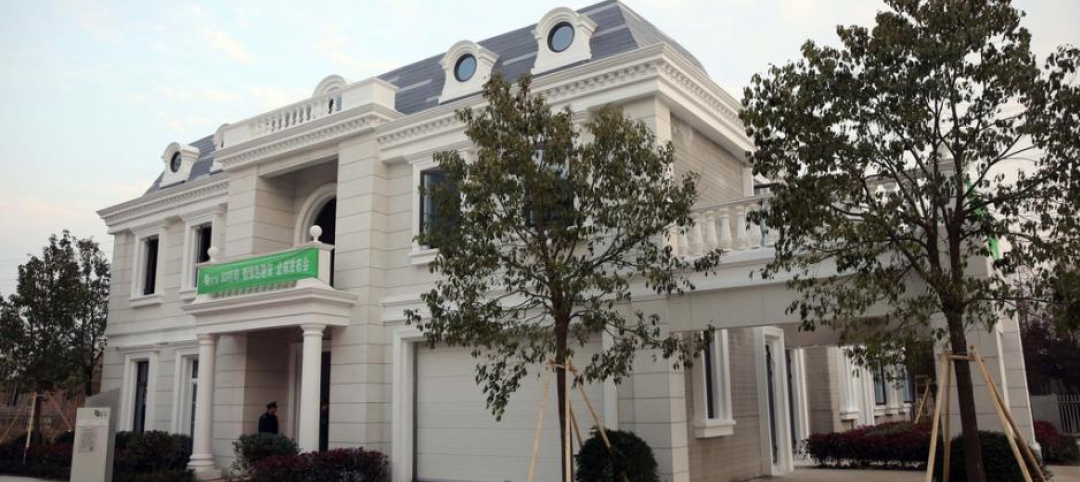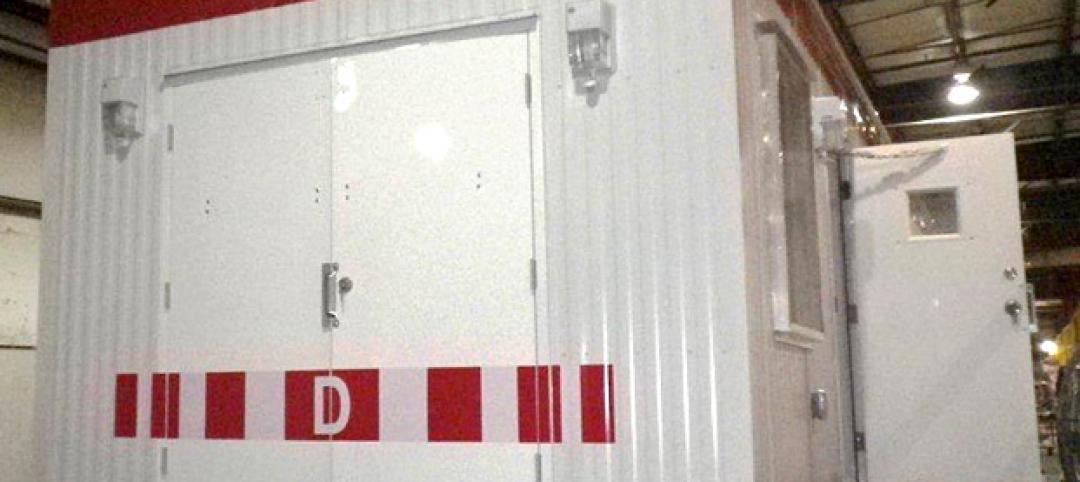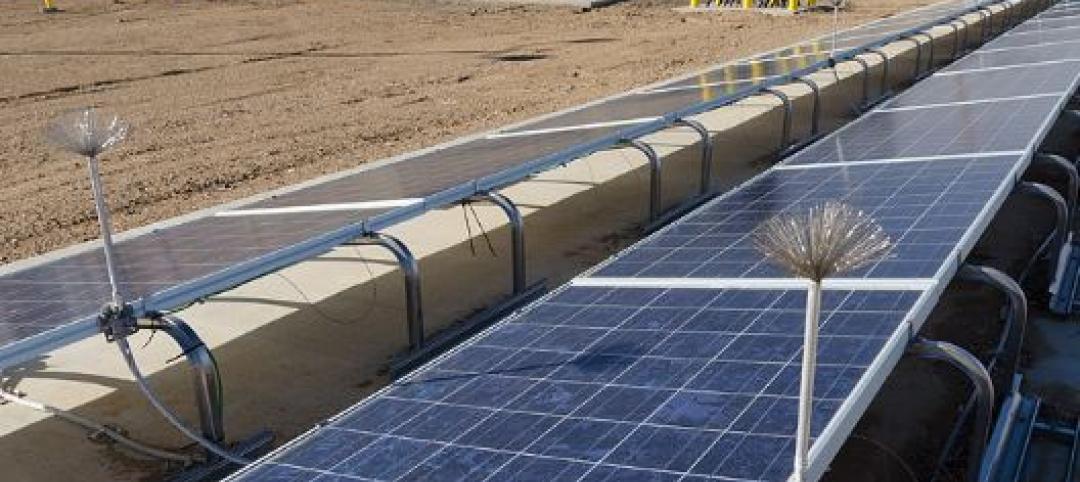With the recent news of the first Ebola case diagnosed in the U.S., there’s a lot of chatter about the possibility of a widespread outbreak in America. Fortunately, as stated in this recent article from The Atlantic, it’s not likely for the disease to spread throughout the country because our hospitals are prepared.
That fact hasn’t stopped a group of Texas A&M graduate students from thinking through the best solutions to contain Ebola along with other infectious diseases. During a recent architecture class, students were tasked with designing a way to help patients receive medical treatment regardless of location. Students were given little direction from their professor. The only guideline for the assignment was to design a “rapidly deployable modular isolation unit for Ebola viruses and other communicable diseases.”
The students rose to the occasion and submitted several viable designs, which are currently being reviewed by healthcare professionals from a variety of backgrounds, including Lt. Gen. P.K. Carlton, Jr., former surgeon general of the U.S. Air Force.
Here at Williams Scotsman we appreciate the designation of modular units in the assignment. We understand firsthand the flexibility afforded by modular design. First of all, the structures can be easily transported, installed, and relocated. The units are self-sufficient and the design flexibility also allows for expansion or contraction based on the demand. Whether a healthcare community needs one unit or several hundred, modular structures can be mobilized and installed very quickly.

For several years, Williams Scotsman has been working with government agencies to provide advanced bio-containment capabilities quickly and efficiently. We work to customize modular units with specified HVAC systems to handle containment and airflow. Given the world’s pressing medical challenges, containment facilities need to be up and running faster than ever before. Modular units can be pretested offsite and stored, making the units a critical space solution for containing infectious diseases.
We commend the students at Texas A&M for their efforts and we look forward to learning more about the student projects after the November 21 Architecture-for-Health lecture.
If you were in the Texas A&M architecture class what would be included in your design for a rapidly deployable modular medical pod?
More from Author
Williams Scotsman | Mar 30, 2015
Spring cleaning tips for modular space
Modular structure manufacturer Williams Scotsman shares seven things to do to prep modular units for the spring.
Williams Scotsman | Mar 16, 2015
Modular Space Showcase: Helping BP take command in the Gulf of Mexico
Immediate emergency response to minimize and remedy environmental damage called for temporary, modular spaces.
Williams Scotsman | Mar 9, 2015
Drilling Deeper: Eagle Ford Shale moving up despite oil prices going down
Like many other energy hotbends throughout the continent, demand for modular structures isn't decreasing with oil prices
Williams Scotsman | Mar 3, 2015
Modular construction brings affordable housing to many New Yorkers
After city officials waived certain zoning and density regulations, modular microunits smaller than 400 square feet are springing up in New York.
Williams Scotsman | Feb 23, 2015
Modular Space Showcase: Sales center brings curb appeal
The Welcome Center received rave reviews from the customer as well as community residents and potential buyers.
Williams Scotsman | Feb 17, 2015
When lava flow in Hawaii threatens a public school district, officials turn to modular
Hawaii Modular Space, a Williams Scotsman company, designed temporary classroom space for the Pahoa and Keeau schools that would become displaced due to ongoing lava flow in Pahoa, Hawaii.
Williams Scotsman | Feb 5, 2015
3D printing has people in the building and construction industry talking
How can 3D printing affect the building design and construction industry?
Williams Scotsman | Feb 2, 2015
Modular Space Showcase: Getting down to business in Alberta’s oil sands
If you work in the energy sector you’ve heard of Alberta’s oil sands. Located in Western Canada, Alberta is a province with an abundance of natural resources. Oil sands are located in three major areas of northeast Alberta spanning hundreds of thousands of miles.
Williams Scotsman | Jan 26, 2015
Modular space showcase: Powerful space solutions for Ontario’s energy future
Having access to the right workspace is important, regardless of location. A comfortable, efficient and attractive workspace can make all the difference for workers. For Hydro One Networks, an electricity transmission and distribution company based in Ontario, establishing well-equipped field offices in various remote locations was essential to success.
Williams Scotsman | Jan 19, 2015
Resolve to go green this year
Not every company can top Forbes magazine’s Most Sustainable Companies list, but we can all resolve to try to do more to protect the environment in 2015.

